We use cookies and other technologies to personalize your experience and collect analytics.
L’nger than Life
Richard Tuttle
Richard Tuttle
L’nger than Life
11 September – 10 October 2009

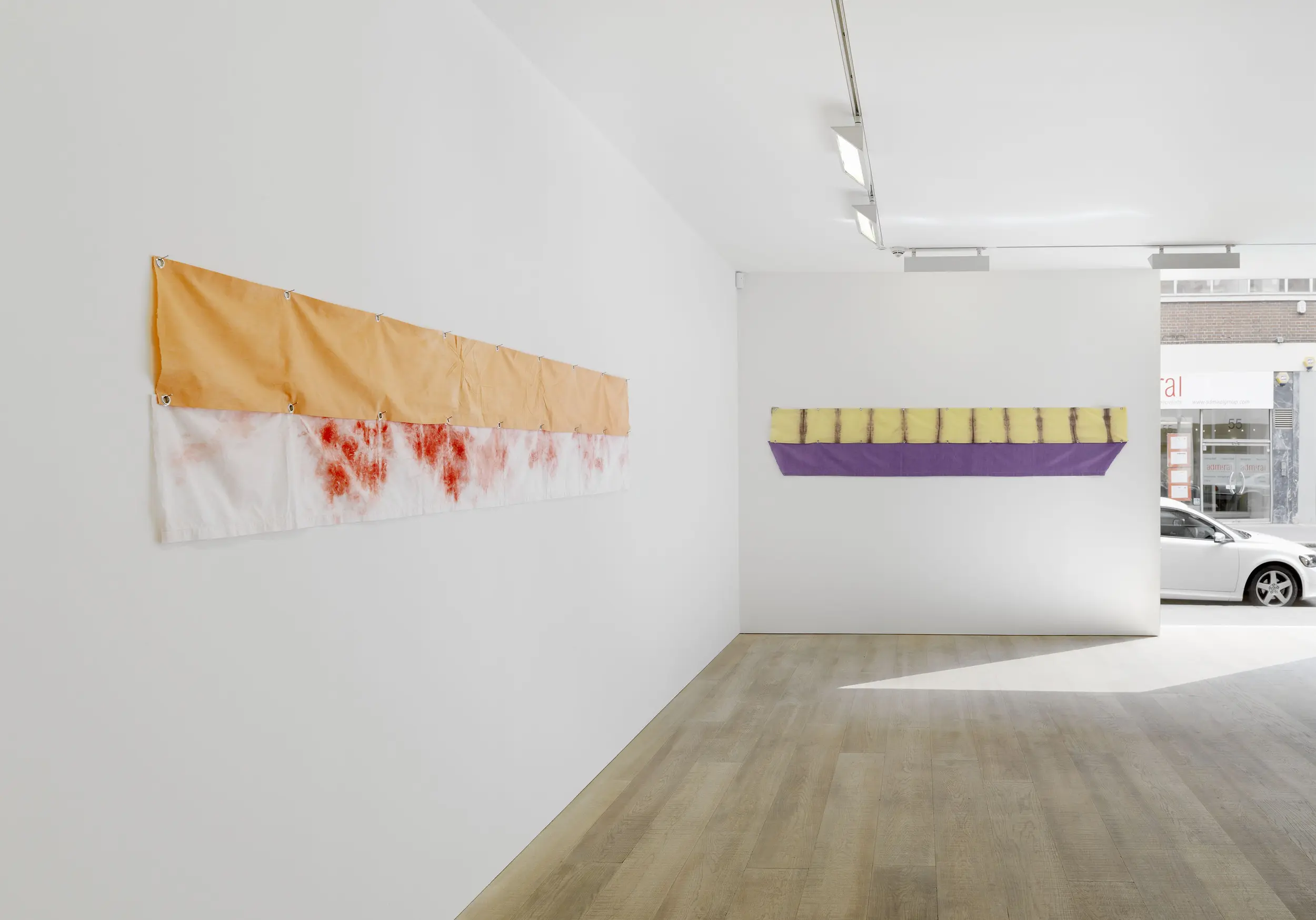
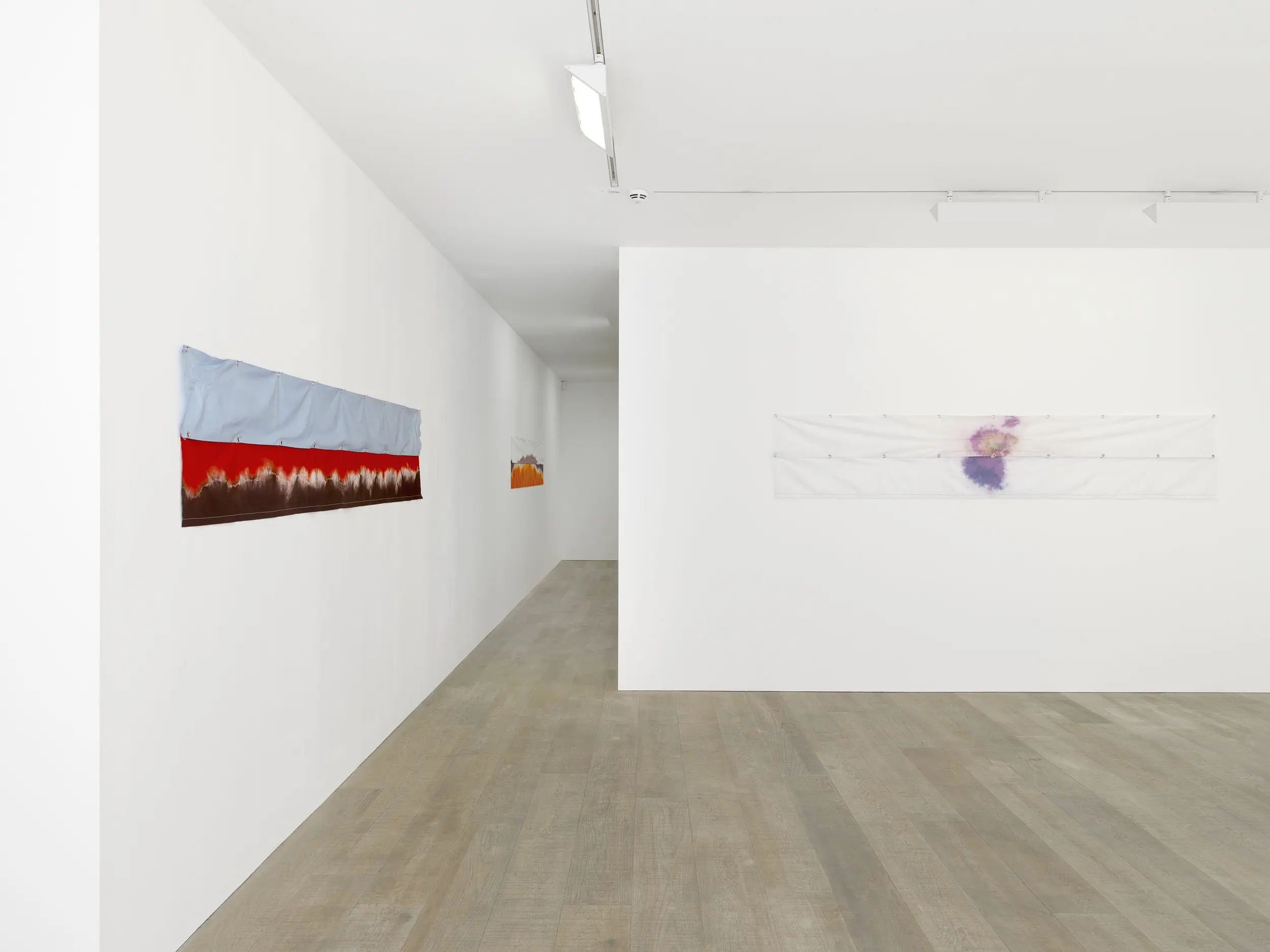
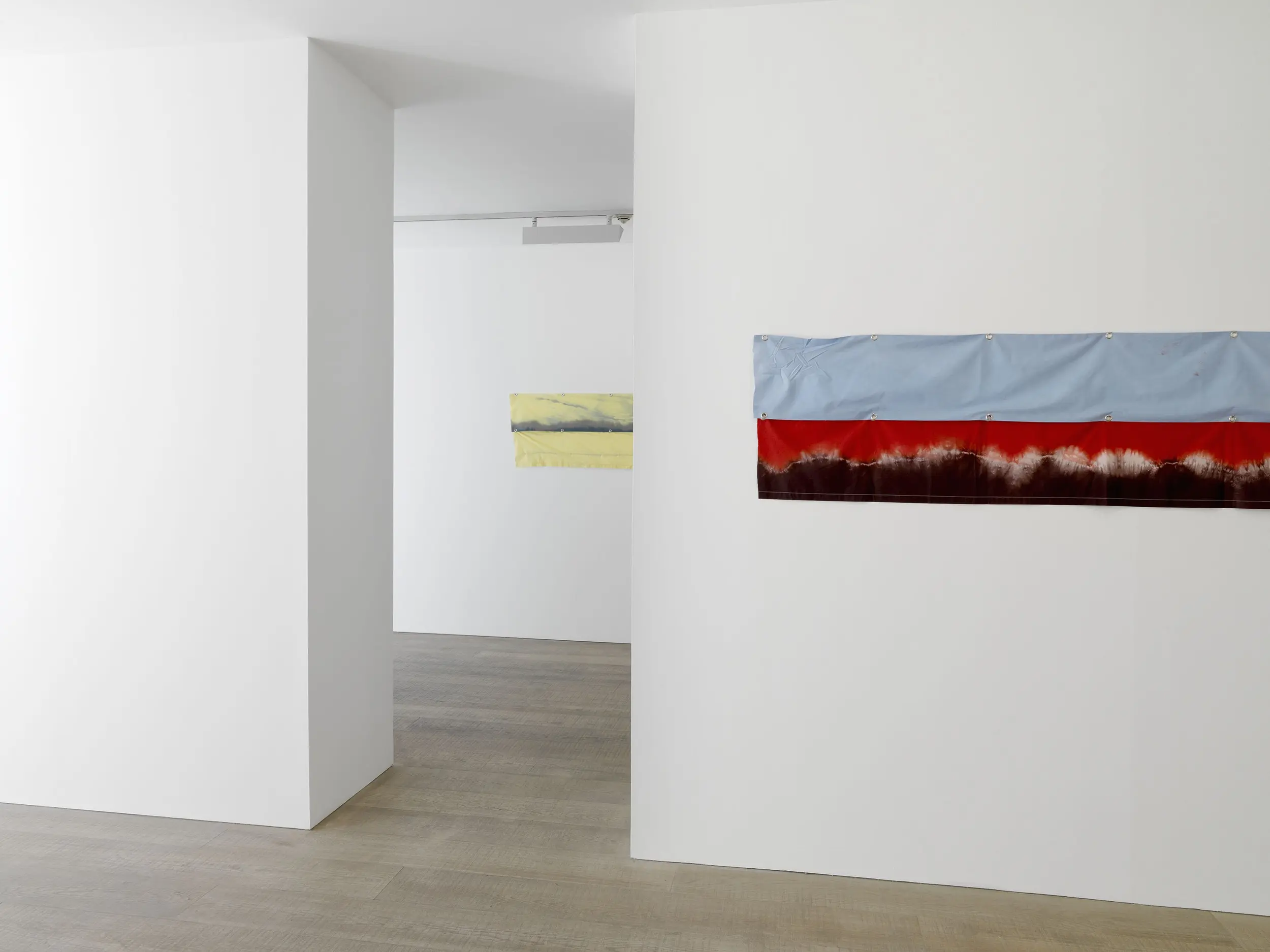
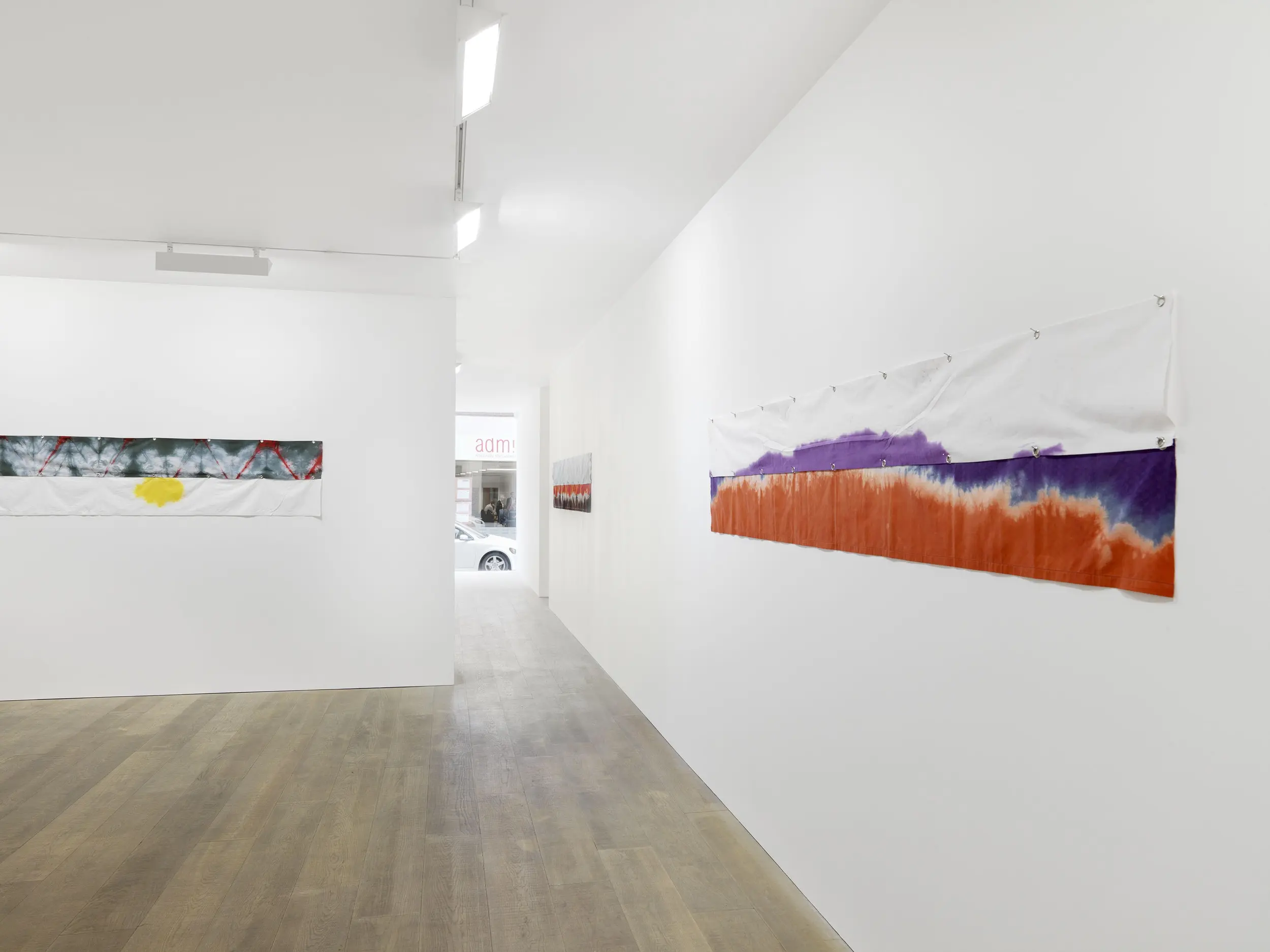

Press release
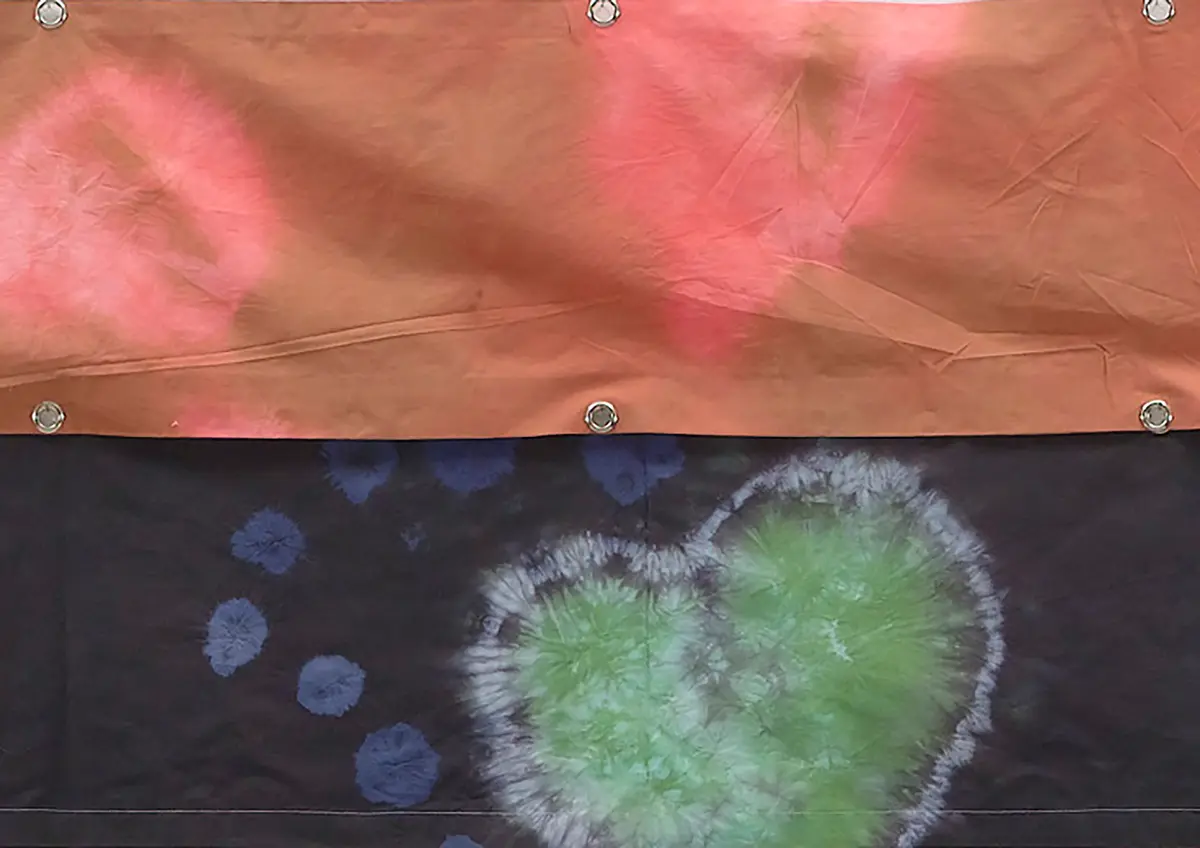
Stuart Shave is honoured to announce ‘L’nger than Life’ an exhibition with the acclaimed American artist Richard Tuttle. This will be Tuttle’s first solo show in London in 13 years, following the 1996 exhibition ‘Grey Walls Work’ at Camden Arts Centre. Throughout his career, which spans four decades, Tuttle is widely recognised as one 0f America’s most influential artists. Over the past 40 years he has created an inventive body of work that crosses painting, sculpture, drawing, installation and book making. In his work he has used fragile materials and humble scale to command critical attention to his individual art making. Tuttle’s work almost defies categorisation, so discursive is his approach to materiality. In thinking about Tuttle’s artistic production one thinks of a work that has been lived, rather than just conceptualised. For example, his early ‘drawings’ made from wire and shadows, the tiny wall mounted painted assemblages or his barely distinguishable paper octagonals, all accumulate toward an open-ended aesthetic that is both highly intuitive and distinctly personified. For the exhibition at Modern Art, Tuttle selected 13 significant new works under the title ‘L’nger than Life’. These pieces all follow the same formal composition and yet remain individual and explicitly unique: created by tie-dying, sewing, ironing, creasing and cutting material. Individually, the works are all made out of two pieces of fabric (one hung above the other and measuring 1 ft by 10 ft), but together the works construct a horizontal plane in the gallery. Hence, a relationship is visualised between the concrete and the elemental, sculpture and painting. In these works the artist combines formal composition with the influence of chance and private experience. ‘L’nger than Life’ creates an opportunity for us to consider the balance, nuance and the transformation/transcendence of material that is so particular to the oeuvre of Richard Tuttle. Richard Tuttle (b. 1941, Rahway, New Jersey) graduated from Trinity College, Hartford, Connecticut, in 1963. Upon completion of his studies, Tuttle relocated to New York where he began working at the highly influential Betty Parsons Gallery. His first exhibition ‘Constructed Paintings’ took place at Parson’s gallery in 1965. The critical acclaim that followed on from this debut show later led to a major survey show at the Whitney Museum of American Art in 1975. Since this point almost three hundred solo exhibitions of Tuttle’s work have been mounted, and his work also included in hundreds of group exhibitions including the Venice Biennale (1976, 1997, 2001) and biennials at the Whitney Museum of American Art, New York (1977, 1987, 2000). In 2005, the San Francisco Museum of Modern Art presented a major retrospective: ‘The Art of Richard Tuttle’. This exhibition — a survey of over forty years of Tuttle’s drawings, sculpture, paintings and assemblages was curated by Madeleine Grynsztejn and subsequently travelled to the following five museums over the next two years: the Whitney Museum of American Art, New York; Des Moines Art Center, Iowa; Dallas Museum of Art; Museum of Contemporary Art, Chicago; Museum of Contemporary Art, Los Angeles. In 2008 ‘Richard Tuttle: The Use of Time’ was shown at the Kunsthaus Zug, Switzerland, marking a ten year period since the institution mounted Tuttle’s major exhibition: ‘Replace the Abstract Picture Plane’ in 1998. Tuttle’s 1970 work ‘8th Paper Octagonal’ is currently on display at Tate Modern, as part of the ‘Energy and Process’ room of the permanent collection. Continued Richard Tuttle’s work can be found in nearly 50 major public collections worldwide, including the Albright-Knox Art Gallery, Buffalo; Art Institute of Chicago; Baltimore Museum of Art; Brooklyn Museum; Carnegie Museum of Art, Pittsburgh; Centre Pompidou, Musée national d’art moderne, Paris; Columbus Museum of Art, Ohio; High Museum, Atlanta; Hirshhorn Museum and Sculpture Garden, Smithsonian Institution, Washington, D.C.; Indianapolis Museum of Art; Israel Museum, Jerusalem; Kunstmuseum Winterthur, Switzerland; Louisiana Museum of Modern Art, Denmark; Ludwig Museum, Cologne; Metropolitan Museum of Art, New York; Moderna Museet, Stockholm; Musée nationale d’art moderne, Paris; Museum of Contemporary Art, Chicago; Museum of Contemporary Art, Los Angeles; Museum of Fine Arts, Santa Fe, New Mexico; The Museum of Modern Art, New York; National Gallery of Art, Washington, D.C.; National Gallery of Canada, Ottawa; Norton Museum of Art, Florida; San Francisco Museum of Modern Art; Seattle Art Museum; Stedelijk Museum, Amsterdam; Victoria and Albert Museum, London; Wadsworth Atheneum, Hartford, Connecticut; Walker Art Center, Minneapolis; and Whitney Museum of American Art, New York.